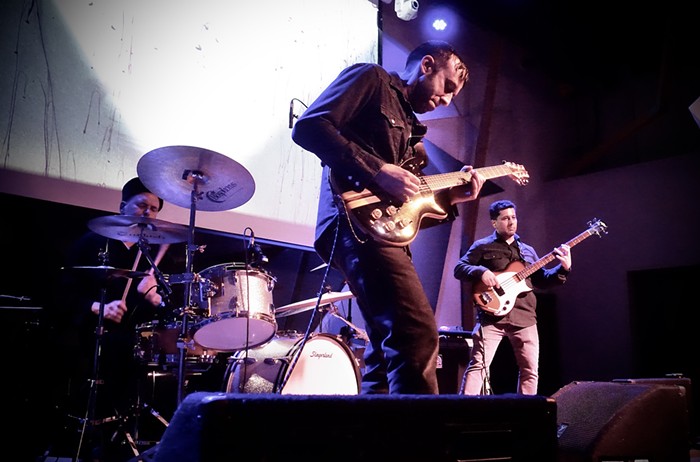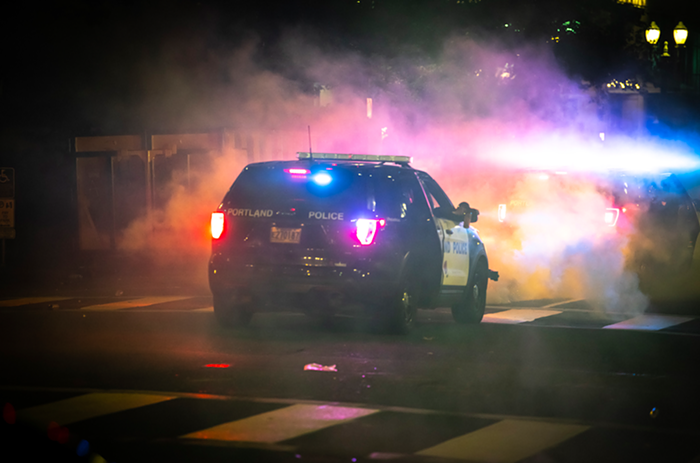Hidden Voice
Naomi Kasumi
Portland Building Lobby
Through Oct 5
In an artist's book installation titled Hidden Voice, Japanese-born artist Naomi Kasumi brings her personal demons into a public arena. The installation, housed in the lobby of the Portland Building, hinges on a particularly traumatic experience; Kasumi boldly confesses that a few years ago she had an abortion. Her intent with the installation is to spark a new strain of conversation about abortion.
While the topic is certainly not new in an art context or really any context, Kasumi does bring in interesting cultural components, often ignored in the usual abortion discussion. Her heritage is one that flatly discourages an overt discussion of such personal matters. "In fact," Kasumi writes, "my family in Japan does not even know this truth of mine." Kasumi also points out that this silence is not just a condition of Japanese culture. "Even in the United States, where people have the freedom of speech, the topic of abortion is usually not discussed unless in the context of pro-life/pro-choice debate."
This said, in Hidden Voice, Kasumi sets out to illuminate the reality of living through the experience and shouldering the range of emotions that go along with the choice. Kasumi has constructed a small cubicle for the viewer to enter. The makeshift walls consist of wooden supports and a surface of fine wire mesh. Blue lights cast a soft, somber mood. Suspended from the ceiling is a network of text, and twine rope strings together a cascade of papers. Boldface type in various point sizes offers a poetic scramble of words. Phrases such as "to stop dreaming," "to stop breathing," to lie," and "to pretend," work together to described Kasumi's state of mind. The floor is covered with stacks of paper packaged together with twine.
The top page of these bundles offers additional text: "He stops writing me letters/He stops calling me/Instead/He starts lying to me all the time/He starts meeting a girl at night/He starts sleeping with the girl/The girl is my friend/She said we are not friends anymore/She sends me a bouquet of flowers with a small note/This is for your unborn child." Though Kasumi's words are poetic, structurally, the installation is fairly flat. The viewer is invited to walk into the space, even though there isn't really a reason to. Entering the tight space is initially compelling, but as one steps lightly on the delicate papers it feels invasive. Yet, it is a fleeting moment. Text is the strongest element, which can be read from a distance, and the tactile or environmental experience that Kasumi hoped for does not materialize.
Ultimately, her reliance on text is disappointing--she essentially drops the ball in fulfilling the visual component. The devil is in the details: The stacks of paper are merely stacks of blank paper, with only the top page including text. Kasumi needs to include more to fully realize the potential of her vision. She is brave, but not brave enough.












